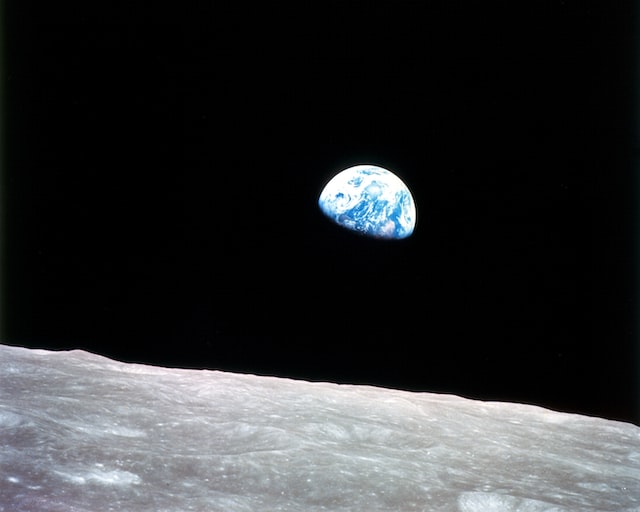Jules Pottle is a primary science teacher, trainer, author and member of the Oriel Square Classroom Expert team. In this blog, she reflects on her experiences of teaching Key Stage Two (KS2) science during the pandemic, and the longer-term effects of the hybrid educational experience. She discusses her experience of teaching science in Spring and Summer 2020 and the contrast of later teaching science face-to-face, in restricted settings.
What was your experience of teaching during lockdown?
Lockdown was easier for me than for many. I teach in a semi-rural area with a mixed catchment. Most of our children had access to the internet and devices on which to learn. Most children attended some live teaching sessions each day and we were able to work one-to-one with most of those who needed it.
Even as a rural school in a privileged area, we still had issues with lost learning.
However, there was an issue in KS2 with children who had parents working from home – they couldn’t supervise the education of children, at the same time as holding down their jobs. These children clicked the ‘done’ button, never uploaded anything and watched YouTube for hours a day. They could quickly switch tabs to the maths task if anyone came in to check on them – they flew under the radar. So, even as a rural school in a privileged area, we still had issues with lost learning.
As the science teacher for both Years Five and Six, I was determined to keep science learning on track. I really thought I’d done well! I had students doing practical work – I set up a USB camera with a laser pointer and mirrors in a shoebox, to teach them about light. We even had two online science days for the whole school where I prepared resources for the children to collect. Unfortunately, much of what I taught online, was less memorable than teaching it in the classroom.
Unfortunately, much of what I taught online, was less memorable than teaching it in the classroom.
When I teach about the movement of the Earth in school, I spend the first lesson modelling with globes and tennis balls, and showing videos about how the planet spins on an axis (rotates), as it travels in a circle around the Sun (orbits). In the subsequent lessons, we spend a few minutes, at the start, consolidating learning of this movement – we physically spin around the classroom, in a circle. Only when the children can reliably show me the movement of the Earth, for example over 12 hours or 3 months, do I stop repeating this activity. Then, we add in the movement of the moon and explore other aspects of the Solar System.
During lockdown, I attempted that first lesson online. About 80% of the class attended the live lesson. Most of them joined in when I asked them to act out the movement. I felt like I had taught it well and they seemed to understand. But there wasn’t enough time online to go back over it: we had to move on.
The following year, I taught the same children science once again, in Year Six. The topic on the movement of the Earth came up. As a group, they were not secure in their understanding of the difference between rotation and orbit. They couldn’t demonstrate the movement of the Earth. I was surprised and confused until I recalled that it was taught in lockdown. It wasn’t the only topic I taught during lockdown, that wasn’t as effectively grasped by students, . Learning was lost across the curriculum, despite our best efforts.
What impact did the learning environments have on your teaching of science?
There is something about being in the room with the teacher, that makes education more effective. The teacher makes the environment ready for learning. If the children are not ready to learn, they miss out. One of the most infuriating habits that the children developed during lockdown was commenting on my teaching whilst I was standing there, teaching it. It was like suddenly being able to hear the Zoom meeting chat box.
After lockdown, they would often turn to each other, mid-lesson, and make a comment on what I had just said.
In lockdown, the children often socialised remotely by playing online games and talking on their headphones, as they played. They also communicated with each other by text during online lessons. It gave them a sense of being in community but it also created a sense of detachment from the teacher. After lockdown, they would often turn to each other, mid-lesson, and make a comment on what I had just said. I would stop the lesson and remind them that I could in fact hear them, I wasn’t a screen and that they needed to relocate their manners.
This was in a lovely class and despite being a very experienced teacher, I wasn’t expecting it from this group and yet there it was – a lockdown habit – listening with half their brain and making quips with the other half. It wasn’t focussed learning. It was no wonder learning was lost when the teacher wasn’t in the room. This government report from April 2022 shows that this was an issue in many schools.
What were the long-term effects of lockdown on science at your school?
Lockdown has a lot to answer for and I don’t think we have felt all the after-shocks yet.
Lockdown has a lot to answer for and I don’t think we have felt all the after-shocks yet. A major factor was the fearful nature of the COVID pandemic. When COVID first hit, the entire class suffered some kind of loss or fear: the loss of contact with family, the loss of team sports. As a group, my class became more reactive and less resilient as a result. At any one time, in a class of 30 children, you might have 2 or 3 that have recently experienced something traumatic that makes them behave fearfully for a while: the loss of a grandparent, the breakdown of a relationship or the death of a family pet.
When more than half the class and staff simultaneously tested positive, the class was disrupted again for a week or two. In those days, their behaviour, as a group, showed signs of being deeply unsettled. They were really unnerved by COVID changing their daily routine again. Although things have since settled down, it is impossible to anticipate the long-term implications. I think parents and children will agree that the best place to learn is in a classroom, with a teacher who can create an environment for learning, that feels safe and consistent.

